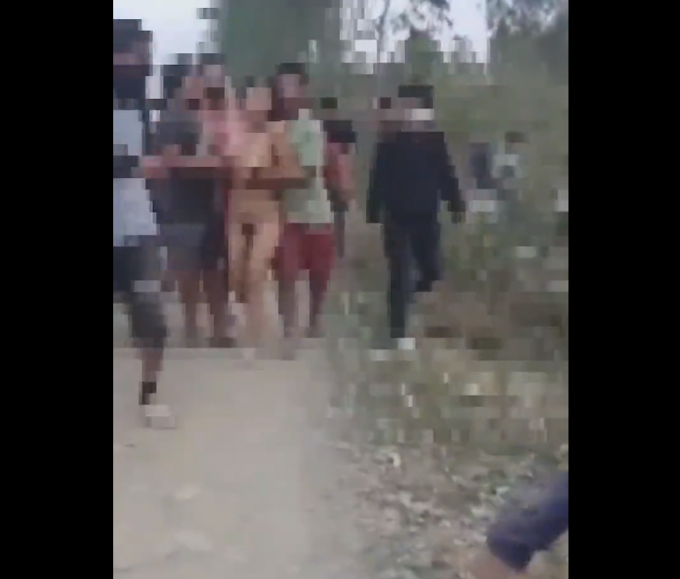The preliminary investigation into the horrific Pahalgam terror attack reveals a deeply premeditated assault, designed to maximize casualties and exploit the remoteness of the Baisaran meadows. Authorities are now piecing together a chilling sequence of events that point to the attack being not only coordinated but strategically brutal in its execution.
Key findings from the investigation:
-
Involvement of Pakistani and local Kashmiri terrorists: Top sources indicate that six terrorists were involved, aided by local collaborators who conducted reconnaissance missions to study the geography and footfall of tourists in the area. The use of local knowledge played a crucial role in identifying vulnerabilities and timing the attack.
-
Targeting a security-soft zone: Baisaran’s relative isolation, around 6.5 km from Pahalgam, and the lack of regular security patrols made it a soft target. The location’s access restrictions—reachable only on foot or pony—meant rescue and security forces would be delayed, increasing the potential for maximum fatalities.
-
Terrorists wore body cams: Helmet-mounted cameras were reportedly used to record the attack, indicating a propaganda angle. Intelligence agencies are investigating if the footage was intended for sharing on extremist platforms or foreign handlers.
-
Methodical and ruthless execution:
-
Tourists were gathered and segregated by gender.
-
Identities were confirmed before firing, suggesting deliberate targeting rather than random violence.
-
AK-47s were used for close-range attacks, and there’s evidence of sniper fire from a distance.
-
Many victims died due to rapid blood loss, exacerbated by the delay in rescue due to terrain and remoteness.
-
-
Hideouts and possible escape routes: The attackers had pre-established forest hideouts, and officials suspect that they’ve since moved with help from local sleeper cells. The terrain offers numerous escape routes, making the manhunt complex and dangerous.
-
National Investigation Agency (NIA) involvement: The NIA is now formally investigating, collecting forensic evidence, including bullet casings and soil samples, and recording eyewitness statements. Telecom data is being analyzed to trace communications or movement patterns.
-
Security crackdown: Local residents near Baisaran are being questioned, and several have been detained for intelligence gathering. The focus is on dismantling the support network that allowed such an operation to be carried out so seamlessly.
Nation mourns; high-level tributes continue
Today, a wreath-laying ceremony is being held in Srinagar for the victims. Union Home Minister Amit Shah, Lt Governor Manoj Sinha, Chief Minister Omar Abdullah, and senior officials from the Army, police, and administration will be present to honor the dead.
This attack, one of the worst on civilians in Kashmir in recent years, has become a watershed moment, prompting nationwide grief and a call for a toughened anti-terror strategy—especially with the increased targeting of tourist hubs.



